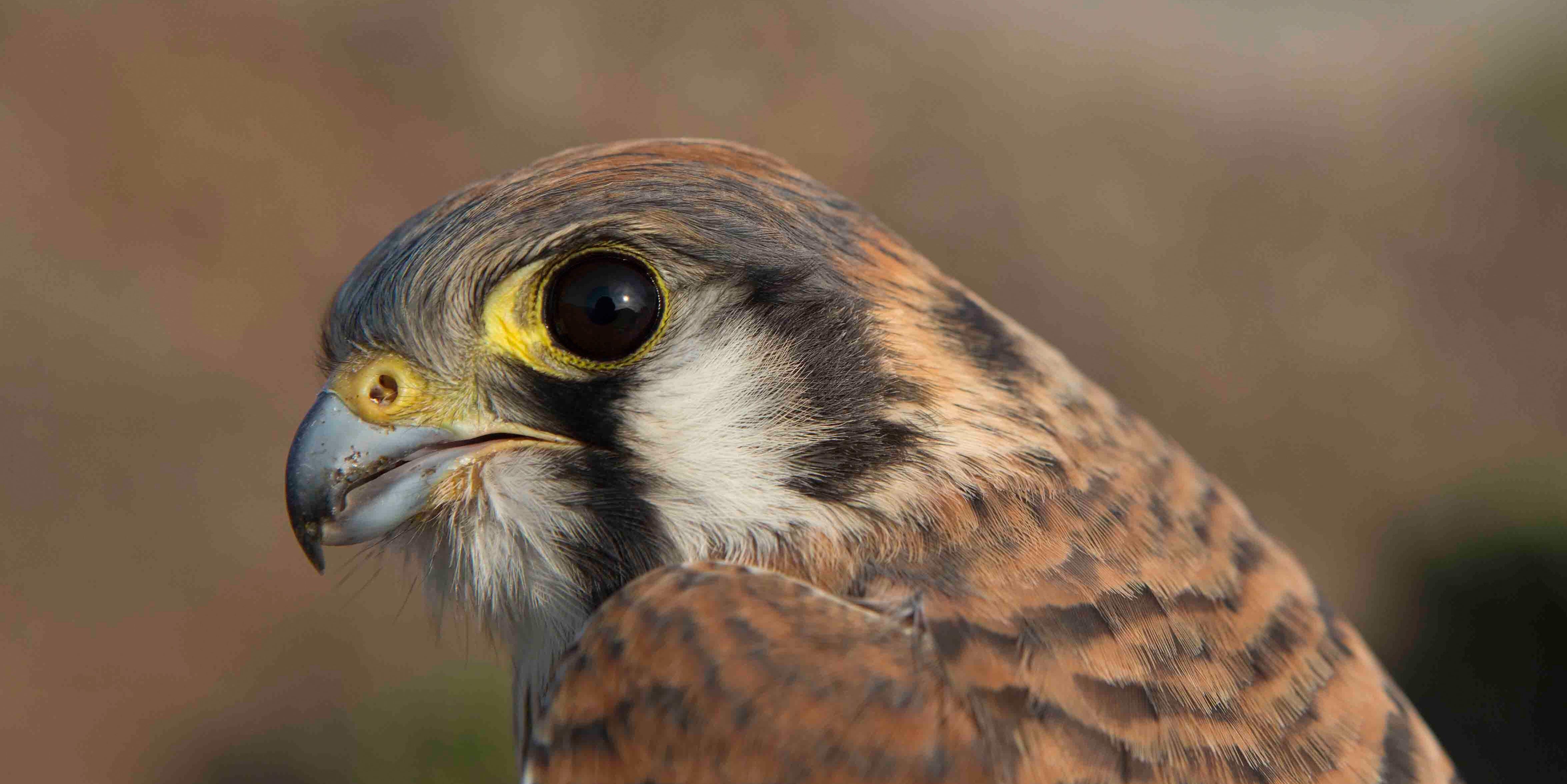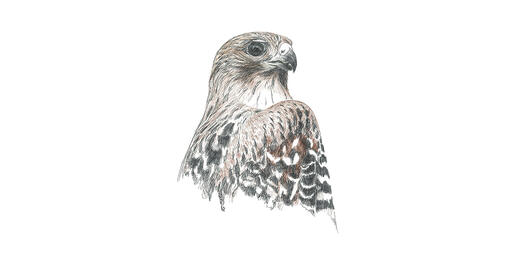

Differential Migration in Five Species of Raptors in Central Coastal California
The following story highlights a raptor research project that tells us something new about the incredible birds of prey we monitor at the Golden Gate Raptor Observatory (GGRO). Thank you to our GGRO volunteers for preparing this summary. Read more raptor science stories here >>
Authors: Elisha Hull, Sarah Pitzer, Allen M. Fish, Holly B. Ernest, and Angus C. Hull
Year: 2012
Journal: Journal of Raptor Research
In 2012, long time GGRO volunteer and UC Davis researcher Dr. Elisha Hull, along with colleagues at GGRO and UC Davis, used GGRO banding data to analyze patterns of migration within five species of raptors (American Kestrels, Merlins, Cooper’s Hawks, Sharp-shinned Hawks, and Red-shouldered Hawks) commonly observed traveling along the Pacific Flyway each autumn. Similar research had been performed at other raptor observatories across the continent, but never within the Pacific Flyway where the GGRO collects its data.
The results of this study showed that in all five species, hatch year (juvenile) females passed through the Marin Headlands significantly earlier than juvenile males. In Cooper’s Hawks and Sharp-shinned Hawks, the study also showed that after hatch year (adult) females passed through the Headlands before after adult males, and that juveniles of both sexes made their passage earlier than adults. These results agree with most of the results of similar studies performed at raptor observatories located in different migratory flyways.
While cause of this “differential migration” among raptors of different ages and sexes is not certain, there are some leading hypotheses. One is that male birds, who are often largely responsible for defending breeding territories, may stay on breeding territories longer because it makes them more likely to secure the same territory the next year. That same group of researchers also hypothesized that adult birds may stay on breeding grounds longer to gain an advantage in survival or future breeding seasons.
It is also possible that inexperienced juvenile birds need more time to successfully navigate their first migration. Raptor species which use different flyways have been shown in other research to have distinct breeding populations, so this research was important to confirm that migratory patterns seen in other flyways also persist in populations of raptors in the Pacific Flyway.
Golden Gate Raptor Observatory
How far does a Broad-winged Hawk fly? What's on a Merlin's migration menu? See what we're learning about birds of prey.
